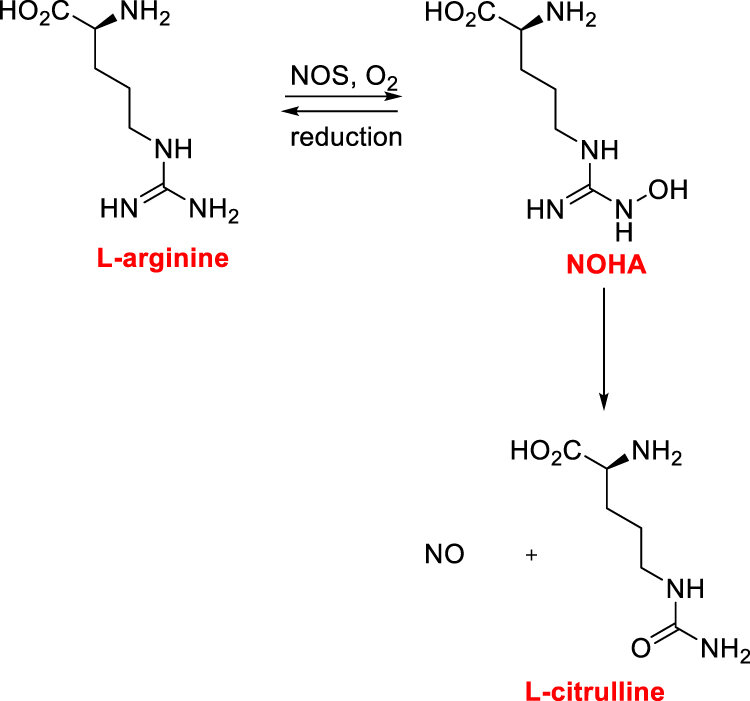Undergraduate Research
NSF REU at Vanderbilt - Scott Guelcher and James E. Cassat
Staphylococcus aureus is a common bacterium that can infect fractures and cause serious bacterial infections. Chronic infections can be attributed to the presence of bacterial cell communities that are tolerant to clinically relevant treatments. These communities can be defined as biofilms and are related to 80% of human infections. The goal of our experiments was to understand if and when tolerance develops to the treatment of vancomycin and rifampin on 2D and 3D convex substrates in an in vitro biofilm model.
Time depended formation of a biofilm onto the bone surface from planktonic bacteria cells
A Biosensor for NOHA - University of New Hampshire - Jeffrey Halpern
Oxidation of L-arginine to L-citrulline involving NOHA as a key intermediate.
Electrochemical detection is an established, cost-effective method that is able to successfully detect low levels of analyte concentrations. In many diseases, the urea cycle is disrupted. Monitoring of this disruption could be used as a diagnostic along with other markers to indicate a disease state. N G-Hydroxy-L-arginine (NOHA) is a stable intermediate product in the urea cycle. As one of the few electrochemically active species in the urea cycle, NOHA shows promise as a biomarker for monitoring disruptions in this biochemical process.
Mariah’s previous work was on characterizing the electrochemical detection and elucidating the electrochemical mechanism of NOHA. In her work, she was able to detect NOHA at clinically relevant concentrations.
Publications
Some images were created using BioRender.

